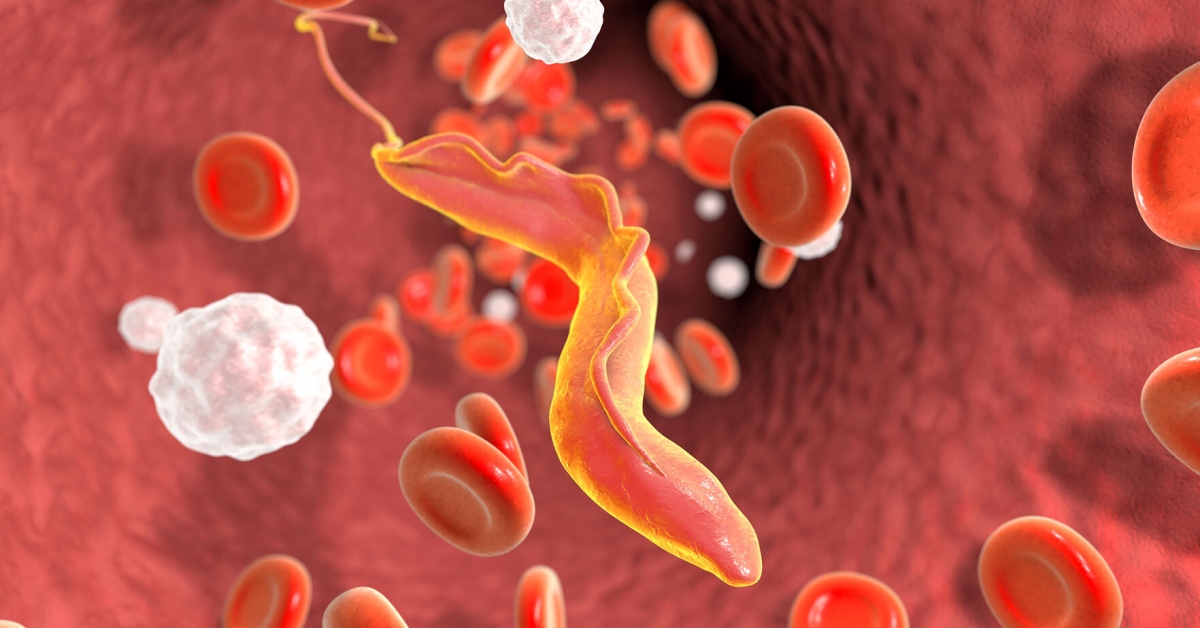Causes and Transmission of Chagas Disease
Chagas disease, also known as American trypanosomiasis, is caused by the parasite Trypanosoma cruzi. The parasite is primarily transmitted to humans and other mammals by triatomine bugs, which are known as “kissing bugs” due to their habit of biting exposed areas of the face near the mouth. When an infected bug defecates near the bite wound or scratched area, parasites in the feces can enter the body and cause infection. Some other less common modes of transmission include contamination of food with parasite-infected bug feces, transmission from an infected mother to her baby during pregnancy or childbirth, blood transfusions, and organ transplants.
Signs and Symptoms of Chagas Disease
The symptoms of Chagas Disease Treatment vary depending on whether the infection is in the acute or chronic phase. In the initial acute phase, which usually lasts up to 8-10 weeks after infection, symptoms may include swelling at the site of infection, fever, headaches, rashes, body aches, loss of appetite, and soreness around the eyes and mouth. However, about 60-70% of acute infections are asymptomatic. In the chronic phase, which can last for decades or a lifetime, most infected people do not experience any symptoms. An estimated 20-30% of chronically infected individuals will eventually develop cardiac abnormalities such as dilated cardiomyopathy and heart failure. Others may experience enlargement of the esophagus or colon, which can cause difficulty in swallowing or complications during surgery.
Treatment Options for the Acute Phase
For patients experiencing the acute phase of Chagas disease, treatment with benznidazole or nifurtimox is recommended to cure the infection. These two antitrypanosomal drugs work by interfering with various enzymatic pathways in the parasite. Both medications are typically well-tolerated but can cause side effects like rash, nausea, fatigue, and nerve damage in some patients. Treatment during the acute phase has a high success rate of over 90% for clearing the infection. However, early diagnosis and treatment are key since the drugs become less effective if the infection has entered the chronic phase.
Treatment Options for the Chronic Phase
Unfortunately, existing drug options are only partially effective for treating Chagas disease during the chronic phase. Benznidazole and nifurtimox may be prescribed with the goal of slowing disease progression, even though they rarely clear the infection at this stage. Success rates drop to around 30-60% depending on the particular drug used. Due to the increased risk of side effects with decreased efficacy, treatment during chronic Chagas may only be recommended for certain groups like children, women of reproductive age, and individuals who require immunosuppressive therapy. For most chronically infected individuals, treatment focuses instead on symptom management through medications, pacemakers, or surgery as needed.
New Treatment Approaches
Research is ongoing to develop more effective treatments for the chronic stage of Chagas disease. One promising new approach involves combination therapy using benznidazole or nifurtimox along with other repurposed drugs. For example, preliminary studies show improved cure rates when these standard antitrypanosomal agents are paired with flumatin or other antibiotics. Stem cell transplants are also being explored as a potential cure by resetting the patient’s immune system. Additionally, new drug classes such as fexinidazole and E1224 have entered clinical trials with the goal of offering safer, shorter treatment regimens. Improved diagnostics are likewise needed to identify chronic infections earlier when existing medications may still have a chance at clearing the parasite. With continued research momentum, hopefully new and improved therapies will emerge to better manage this important tropical disease.
Prognosis and Prevention of Chagas Disease
For most chronically infected individuals who do not receive treatment, the long-term prognosis of Chagas disease is generally quite good. An estimated 30-40% of chronically infected cases will remain asymptomatic throughout their lifetime. However, persistent inflammation from the parasite increases the risk of developing life-threatening cardiac abnormalities decades after initial infection. Maintaining follow-up care and monitoring for disease progression is important. From a prevention standpoint, public health measures focus on insect vector control through residual insecticide spraying and improvements to reduce bug habitat and access in and around homes. Screening blood and organ donations is also crucial to prevent transfusion-associated cases. Educating populations at risk about methods to prevent bug bites, like the use of bednets and protective clothing, can help interrupt disease transmission. By reducing the infection reservoir in both humans and triatomine vector populations, the long-term goal is to eliminate Chagas disease transmission through collaborative domestic and international control programs.
*Note:
1. Source: Coherent Market Insights, Public sources, Desk research
2. We have leveraged AI tools to mine information and compile it

